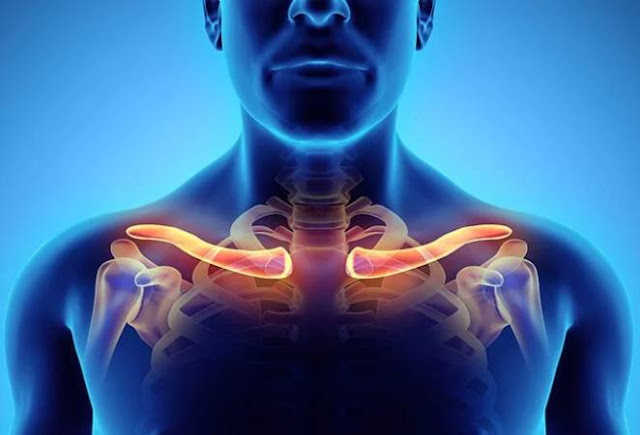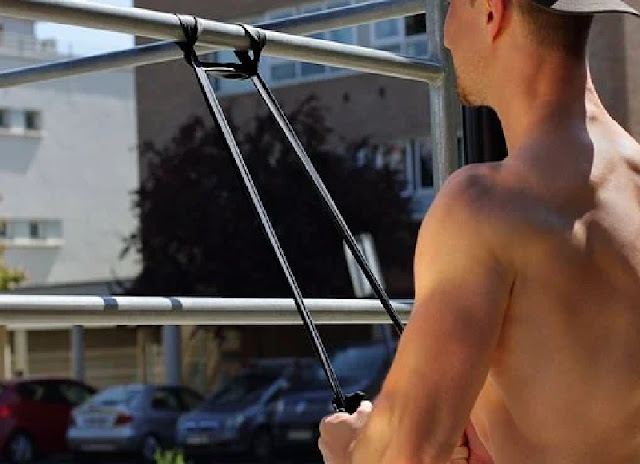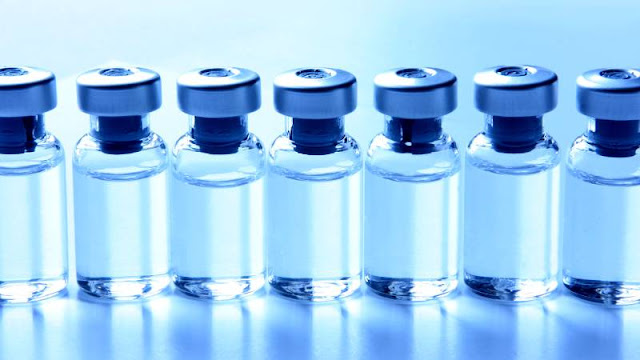rotator cuff anatomy explained

The rotator cuff is a group of 4 muscular tissues that keep
your higher arm in location for your shoulder. It facilitates you make all the
motions of your arm and shoulder.
The head of your higher arm bone, also known as the humerus, suits into the socket of your shoulder blade, or scapula. When you enlarge your arm out away from your body, the rotator cuff muscle tissues preserve it from coming out of the socket, or glenoid.
Rotator cuff injuries are very common, mainly in people over
40, athletes, and those whose work entails again and again lifting their hands
overhead. Conservative treatments are commonly a success.
Anatomy
Four muscle tissues make up the rotator cuff: the
subscapularis, teres minor, supraspinatus, and infraspinatus. Together they
help in stabilizing the shoulder joint in addition to in appearing various arm
moves.
Four muscle tissues and their attached tendons make up the
rotator cuff. Each of them aids in a particular motion of your shoulder. All
collectively they help maintain your top arm in area inside the shoulder
socket.
All 4 muscle groups originate for your shoulder blade, but
the different quit of the muscle leads to one of a kind elements of your higher
arm bone.
The acronym SITS will let you remember these four muscle mass:
Supraspinatus is chargeable for movement away from the
centerline of your frame (abduction). The supraspinatus produces approximately
the first 15 levels of movement. After that, your deltoid and trapezius muscle
mass take over.
Infraspinatus is the main muscle answerable for lateral
rotation of your arm away from the centerline of your body. It’s a thick
triangular muscle. It covers the back of your shoulder blade deep below the
pores and skin and close to the bone.
Teres minor is a small, slim muscle at the back of your
shoulder blade just underneath the infraspinatus. It additionally contributes
to lateral (external) rotation of your arm.
Subscapularis is a massive triangular-fashioned muscle that
lies beneath the other three. It’s the most powerful, largest, and maximum used
of the 4 rotator cuff muscular tissues. It participates in most shoulder
motions but is mainly crucial for rotation of your arm toward the midline of
your frame (medial rotation). Unlike the other 3 muscular tissues, the
subscapularis attaches to the front, now not the lower back, of your upper arm.
Each of these four muscle tissue attaches to the higher a
part of your humerus at a exclusive factor. From pinnacle to backside, their
order is similar to the acronym:
Supraspinatus
Infraspinatus
Teres minor
Subscapularis
Common injuries
Many individuals who visit a medical doctor with shoulder
pain have a hassle with their rotator cuff.
A rotator cuff harm can show up unexpectedly, which include
falling to your outstretched arm. Or it may develop slowly, as a result of
repetitive motions or age-associated degeneration.
Here are some of the types of rotator cuff accidents:
Tendinopathy. This is ache in and across the tendons.
Tendinitis and tendinosis are versions. Rotator cuff tendinitis is considered
the mildest form of rotator cuff injury. It can expand from:
age-related degeneration
overuse
repetitive motion
trauma
Impingement. This takes place while the pinnacle of the
shoulder (the acromion) rubs in opposition to the tendon and the bursa and
irritates the rotator cuff. Between forty four and sixty four percentTrusted
Source of all shoulder ache is concept to come from subacromial impingement
syndrome (SAIS), that is the most commonplace shoulder disorder.
Bursitis. The bursa across the rotator cuff can fill with
fluid and swell.
Partial tears of the rotator cuff tendons. The tendon is
broken or frayed but isn’t torn away from the bone.
Full-thickness tears. The tendon is completely torn from the
bone. Chronic degeneration is generally the purpose.
Bone spurs. These can form while rotator cuff tendons rub on
the shoulder bones. Bone spurs don’t usually cause a rotator cuff damage.
Symptoms
Symptoms of rotator cuff accidents range via man or woman. They may include:
pain within the shoulder area, commonly defined as a stupid
pain
issue in shifting your arm in every day sports, like combing
hair
weak point or stiffness in your shoulder muscle tissue
pain that increases at night, making it tough to sleep at
the affected facet
cracking or popping sounds when you flow your arm
Some people with a rotator cuff damage won't sense any pain. The circumstance can be innovative, with degeneration happening slowly. Only one-third of rotator cuff tears cause ache, according to a 2013 studyTrusted Source.
Treatments
Your treatment for a rotator cuff harm will depend upon the
type of harm. For most rotator cuff accidents, doctors prescribe conservative
remedy.
Nosurgical treatment
Conservative treatment includes:
relaxation
icing the area for 20 mins at a time some instances a day
changes of sports involving shoulder use
nonsteroidal anti-inflammatory capsules (NSAIDs) like
ibuprofen, whether or not over-the-counter or prescription
exercises to stretch and reinforce the shoulder blade and
different muscle tissues
stretching even as taking a warm shower
corticosteroid injections
Newer sorts of conservative remedy now unde


